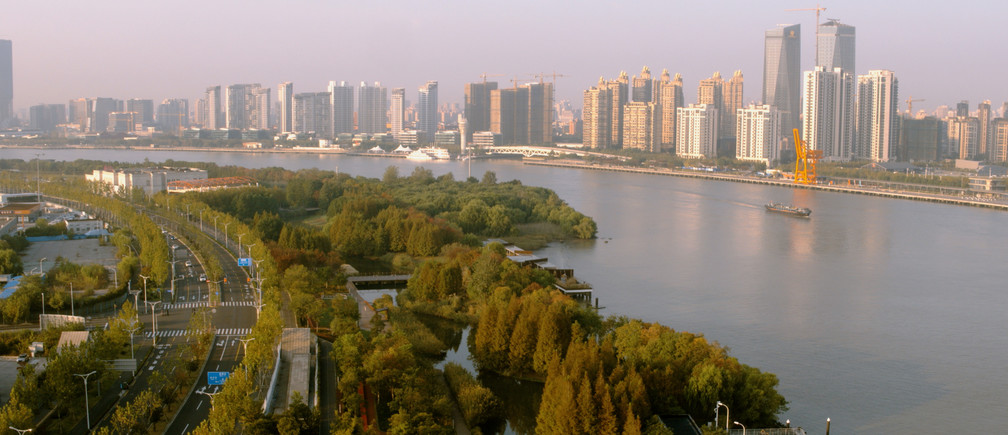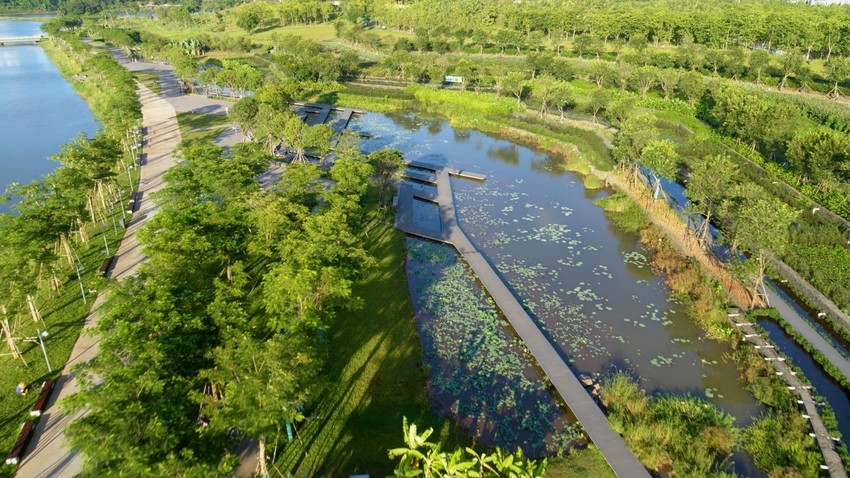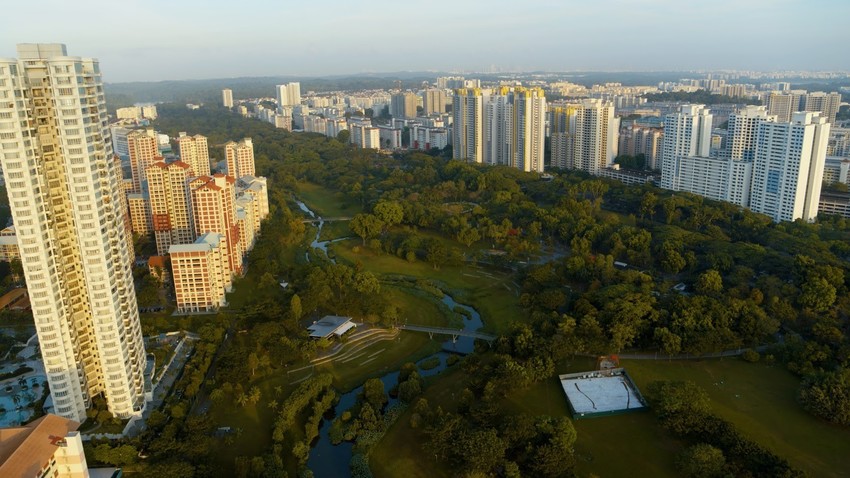World Economic Forum:This man is turning cities into giant sponges to save lives
The idea of a sponge city is simple – rather than using concrete to channel away rainwater, you work with nature to absorb, clean and use the water.

250 areas across China are working to safeguard themselves against the growing threat of flooding.
“Floods are not enemies,” explains Professor Kongjian Yu. “We can make friends with floods. We can make friends with water.”
What we have done is totally wrong, he says. He returned to China after studying landscape architecture at Harvard University in the US, determined to tackle one of the biggest problems facing cities.
His solution was to work with nature rather than against it.
Natural flow
Eco-friendly terraces allow land and water to meet, explains Kongjian, or “the Sponge Cities Architect” as he’s known.
During the dry season, the terrace is a park for residents to enjoy. But during the rainy season it can flood, protecting the city without the need for grey infrastructure like flood walls or dykes.

Not only does this safeguard the city by working with nature, but the water is clean, vegetation can grow and a habitat is created for wildlife.
It’s not just wetlands and restored riverbanks, though. Sponge cities also include green walls and roofs, permeable pavements and green buildings.
All from one city
And it all began in just one Chinese city, 20 years ago.
Today, 250 places in the country are working with Kongjian and his team, as well as urban areas everywhere from the US and Russia to Indonesia.

It’s an inherently global answer to a problem that afflicts a variety of places, he believes. “The ecological-based or nature-based solution can be a solution global-wise.”
From: World Economic Forum
Links:https://www.weforum.org/agenda/2019/08/sponge-cities-china-flood-protection-nature-wwf/
